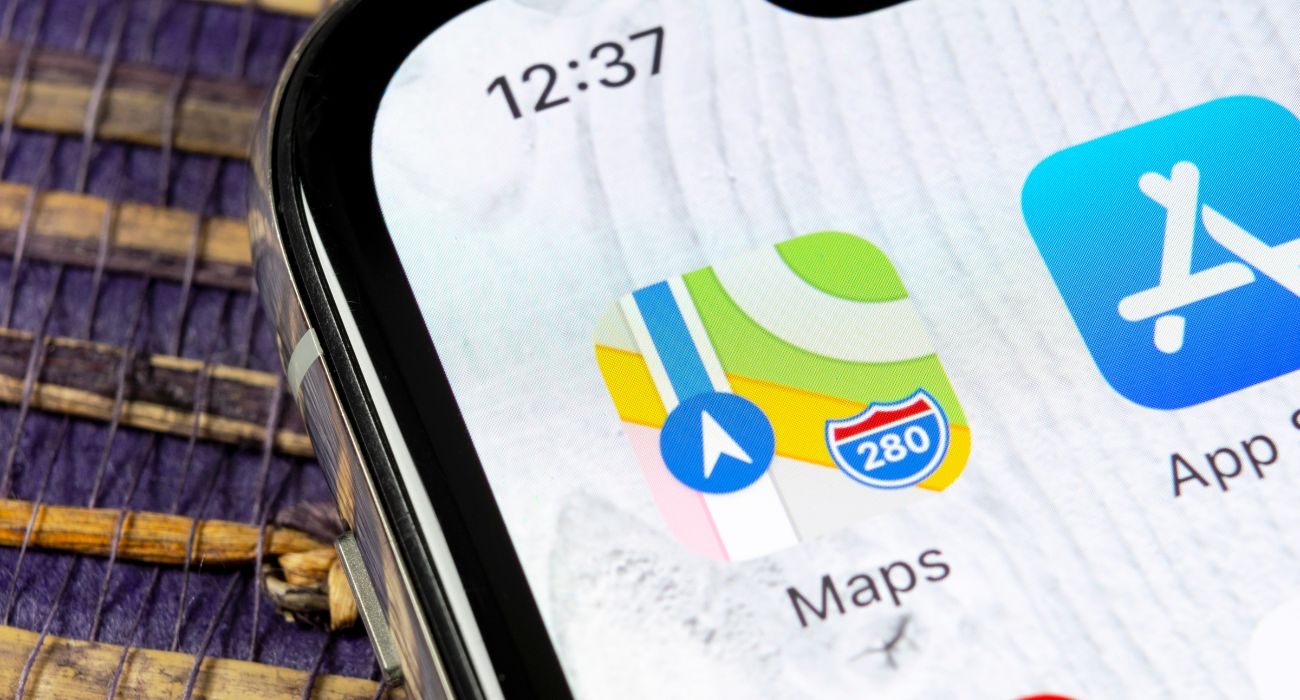A wildly unpopular Apple product first launched in 2012 has wormed its way into frequent usage after a series of improvements.
Apple’s navigation app Apple Maps was once one of the most hated products in the company’s repertoire, with users’ frustration even triggering a public apology from CEO Tim Cook.
Roads were misplaced, businesses and landmarks were mislabeled, and directions were sometimes way off the mark. The Australian police even issued a public warning that the app’s navigation flaws could be “potentially life threatening,” according to The Wall Street Journal.
Despite Apple’s strong tech reputation, improvements were slow to come to Apple Maps.
As the default app for any iOS service requiring directions, such as locating restaurants on Yelp, many users turned to Google Maps.
For Jason Rabinowitz, an airline industry analyst based in New York City, Apple Maps was so bad he momentarily abandoned his iPhone for an Android, according to WSJ. Now, Rabinowitz is back using an iPhone. Although he continues to use Google Maps for driving, he was pleasantly surprised to see that Apple Maps had significantly improved, especially in terms of public transit.
Apple adopted popular features from Google Maps, like street view and the ability to use maps offline.
“Whatever initial reputational hurdles that Apple Maps faced, I think they’ve jumped over those,” suggested Jane Natoli, an iPhone user in San Francisco, WSJ reported. She now prefers Apple Maps to Google Maps for its design and clarity with regard to street names.
“Google is showing me restaurants, bars and other things, but I’m not necessarily looking for that,” she added.
Recently, Apple Maps has aimed to surpass its rival by introducing visual effects like 3D flyover tours of select cities and landmarks. Google Maps followed suit with its own immersive 3D views and augmented reality (AR) tool for finding nearby points of interest.
However, Apple Maps still has some issues that continue to cause iPhone users headaches.
For instance, Laura Pladziewicz, a 23-year-old student in Boston, claimed that the app’s directions are sometimes erroneous, but she uses it anyway because she does not feel like taking the extra steps to use Google Maps.
“Even though it keeps wronging me, I’m used to reaching for that,” she explained, according to WSJ.
User-experience consultant Peter Ramsey confirmed that Pladziewicz’s rationale is similar to most individuals.
“People are inherently lazy and form habits around default options,” Ramsey explained, reported WSJ. “For a long time Apple Maps was so bad that people proactively switched to Google Maps, but as the experience of Apple Maps improved, there was less incentive to make that default-breaking action.”
While Apple might still have more improvements to make to Apple Maps to win over all of its iPhone customers, it continues to add new features and products to enhance its user experience.
As recently reported in The Dallas Express, Apple is rolling out an extensive iOS 17 update this fall. One of the promising fresh features is StandBy, which can turn an iPhone into a functional, personalized assistant or alarm clock.






